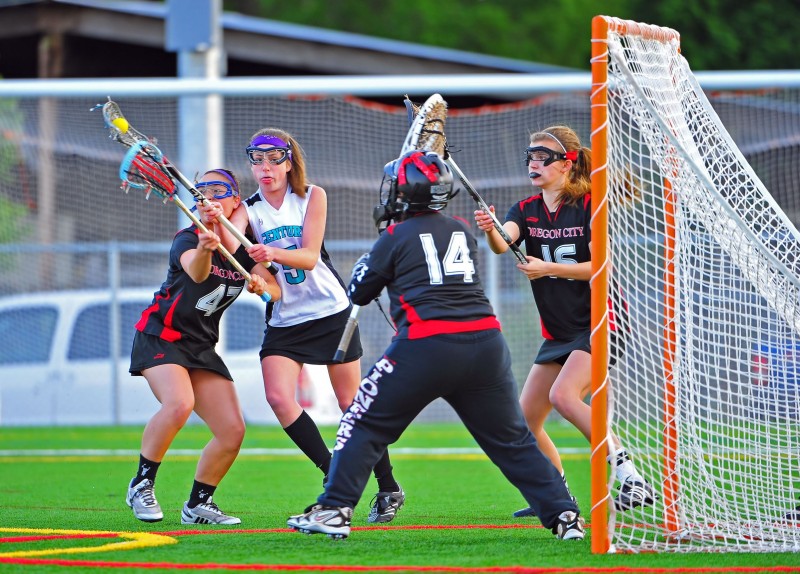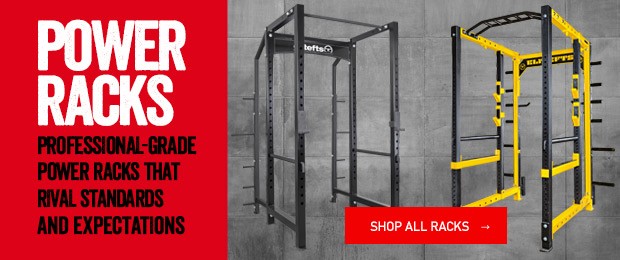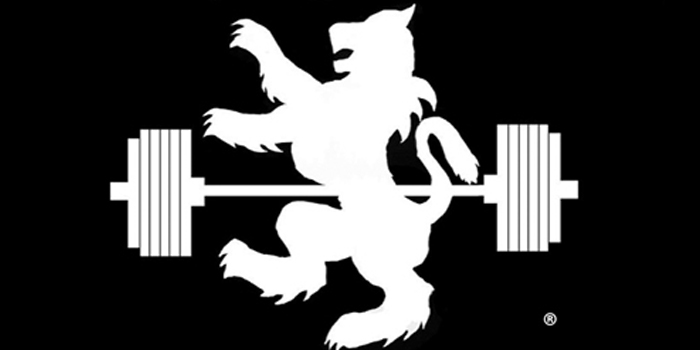
I recently introduced my daughter to resistance training. Our initial focus is on building a general strength base to improve her athletic endeavors. She is a thirteen-year-old athlete and is heavily involved in lacrosse (LAX) and other sports. We started with a single weekly session, which she supplements with interval running, and specific LAX training exercises.
I walk into the mess that is my garage gym. My sixteen-year-old son has littered the horse stall matt covered floor with sandbags, barbells, and plates. I am annoyed at the prospect of cleaning up before the next training session, but only slightly. I am mostly glad that he is training. If that tradeoff means some equipment is out of place (i.e., not within my OCD standards), then I will deal with it. It is a small price to pay. We'll come back to him in another article. For now, I want to focus on my daughter.
As I hoist the last sandbag away, she pops in the gym, skipping and grinning. She is outfitted with two braided ponytails and an athletic headband — the requisite thirteen-year-old jock apparel. I adore it but don't tell her that. Mostly, I guess, I just love her.
RELATED: Strength Training for Young Athletes — Safety, 1RM Testing, Growth Plates, and Testosterone
She assumes the middle of the room and promptly bursts into a dance that is part Gangnam Style and part haka war dance. I try to maintain a serious face, but the effort is futile. I burst out laughing. She is really hilarious. I outwardly push her toward veterinary school but in private moments, I wonder, could she be a comedian? Truth be told, my inability to maintain a stoic demeanor in the face of her performances has, at times, cost me parental credibility. It's hard to remain mad at someone donning twin ponytails and braces while dancing the haka.
Before we fully delve into her training, we should touch on her athletic endeavors. She is mostly involved in LAX, where she plays attack; she is a passer and a playmaker who makes her teammates better (unselfish to a fault, which we are working to better), but she needs more speed and quickness. Her secondary sports include volleyball, basketball, and a modest participation in track.
Photo credit: Jim Boardman © 123RF.com
She was also involved in gymnastics for years, especially tumbling, and as a result is very physically strong and has a solid core. She would perform back and front flips on a trampoline for hours upon hours (I think that was before she discovered makeup).
"Okay, okay," I say. "Get started on your dynamic warming up. We have got a lot of work to do."
Dynamic Warm-Up
She utilizes a routine from her LAX practices, which I have found to be acceptable, so we don't tinker with it: walking knee hugs, walking quad stretches, high knees, butt kicks, and tin soldiers (walking high leg kicks). She knocks it all out in a couple of minutes. Her core body temperature is up and she has a slight sweat going — particularly in the Dallas heat.
Plyometrics
We employ a minimum amount of plyometrics at the onset of the workout. Because she is a younger trainee, we do not engage in any depth jumps or other high intensity lower body drills, but we do utilize a volume that will help prepare her for the demands of competition1.
We primarily use lateral hurdle hops over two low hurdles (two jumps to the right and reversing direction for two hops back to the left to constitute one repetition). We typically perform two sets of five repetitions — each set is 20 total hops.
We also perform approximately three sets of box jumps (each set is five jumps). We begin with a very low box and progress: five inches, 10 inches, and 18 inches.
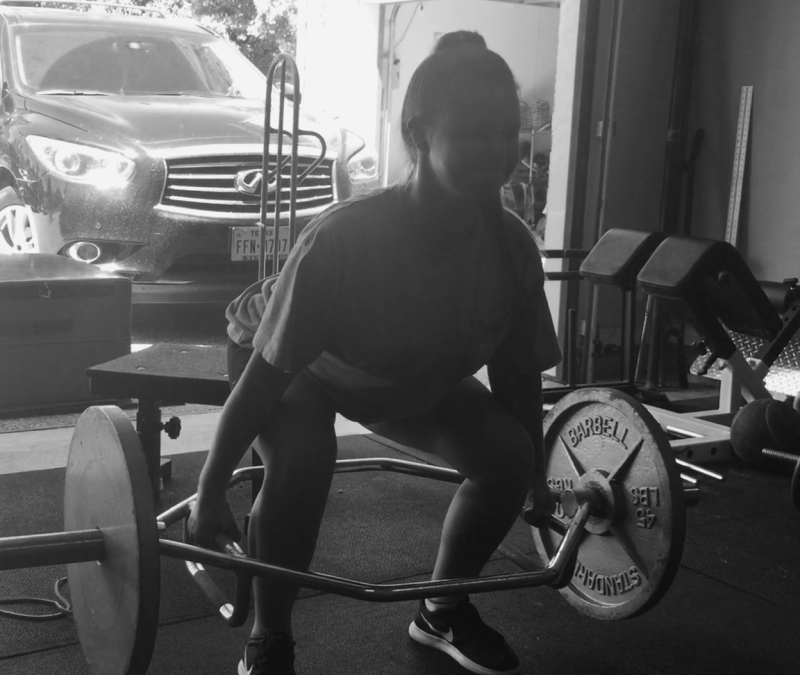
Hex Bar Deadlift
We perform four to five sets, starting with 10 repetitions, scaling back to six, making sure she is able to maintain a tight core and an athletic posture. We chose this version of the deadlift because it requires less technical proficiency than deadlifting with a barbell. Additionally, I like the additional focus on her quads.
Box Squat
I like the parallel box squat, particularly for new trainees. The movement teaches athletes to sit back when they squat, activating the musculature of the hips, glutes, and lower back, as well as the quads. The box helps athletes learn the proper squat position. Utilizing the box requires the athlete to go to the same depth for each and every repetition, so there is no cheating with half repetitions and the ever-popular quarter squats.
We perform four to five sets following an initial set with just the bar. Comparable to the deadlifts, we begin with 10 repetitions and may scale back to six for the last set.
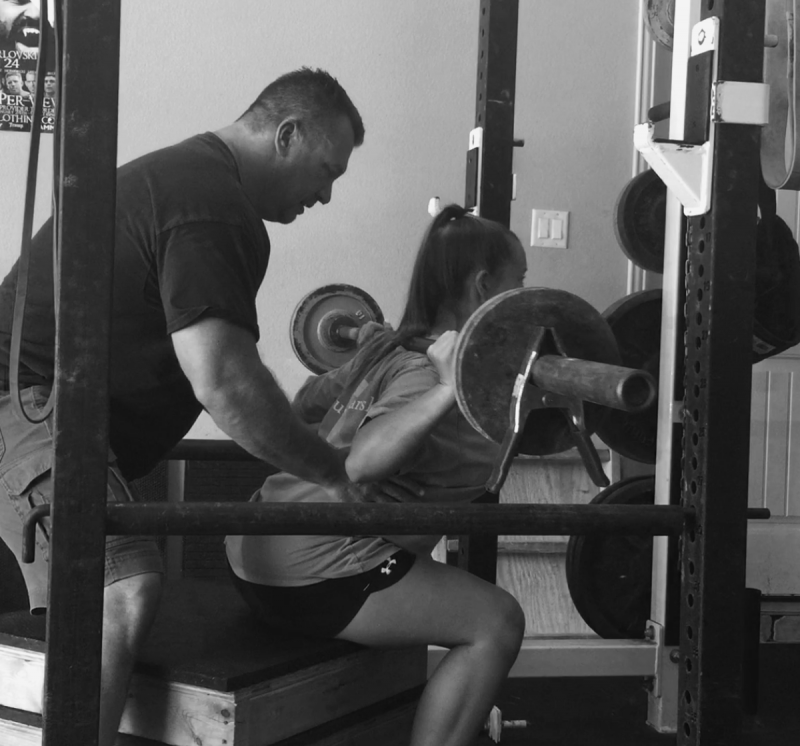
Overhead Push Press
The overhead push press was my method to give her a modicum of upper body work, coupled with more of a total body movement. We focus on utilizing her legs for explosion out of the bottom of the lift. We typically superset these with the aforementioned box squats (primarily in the interest of time).
We perform four sets of six to 10 repetitions.
Glute Ham Raise (GHR)
We are fortunate her legs are strong enough to handle this valuable movement. We typically perform three sets of six to eight repetitions with body weight.
Glute Ham Raise (GHR) Sit-Ups
We do these out of convenience (i.e. she’s already on the machine). She turns around, locks her feet, and starts working her abdominals. We don’t do these in the manner I would term CrossFit style, where they dip almost all the way to the floor. We stop when her upper torso is parallel to the floor.
We perform two sets of 10 repetitions and superset with the aforementioned GHRs.
Training Summary
- Five-Minute Dynamic Warm-Up
- Plyometrics — Lateral Hurdle Hops — 2 sets, 20 total hops, Box Jumps — 3 x 5 on a progressively higher box
- Hex Bar Deadlift — 4-5 x 6-10
- Box Squat — 4-5 x 6-10
- Push Press — 4 x 6-10 (we typically superset with box squats)
- Glute Ham Raise (GHR) — 3 x 8
- GHR Sit-Ups — 2 x 8(we typically superset with GHRs)
References
- Baechle T.R. Earle R.W. Essentials of Strength Training and Conditioning. Third Edition. Champaign, IL: Human Kinetics; 2008.










